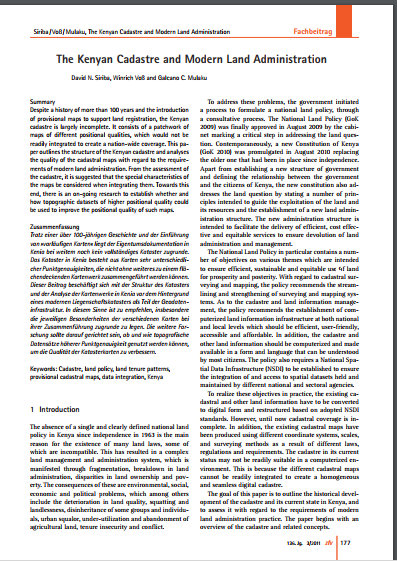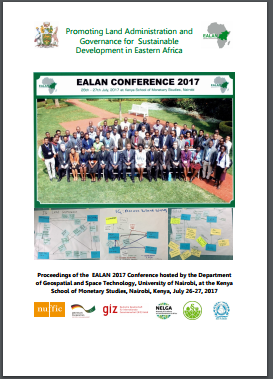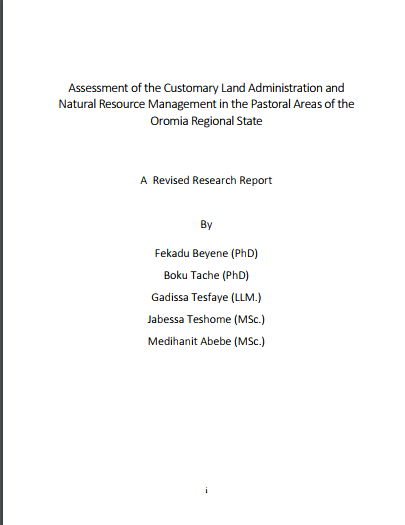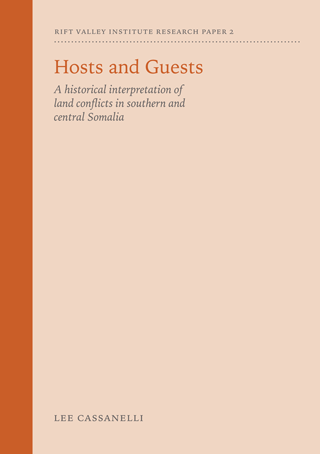The Kenyan Cadastre and Modern Land Administration
Despite a history of more than 100 years and the introduction of provisional maps to support land registration, the Kenyan cadastre is largely incomplete. It consists of a patchwork of maps of different positional qualities, which would not be readily integrated to create a nation-wide coverage. This paper outlines the structure of the Kenyan cadastre and analyses the quality of the cadastral maps with regard to the requirements of modern land administration.












